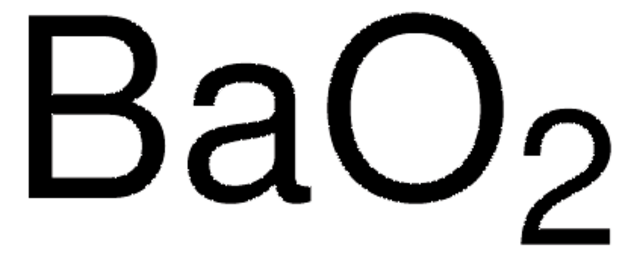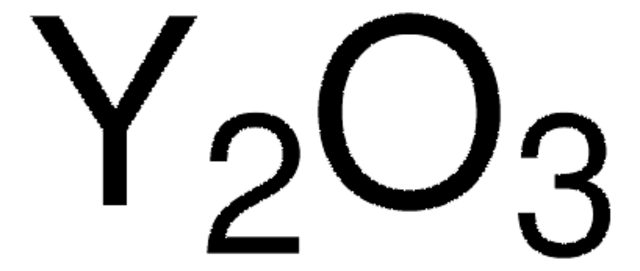おすすめの製品
アッセイ
97%
フォーム
powder
反応適合性
reagent type: catalyst
core: barium
不純物
1-4% adsorbed H2O/CO2
密度
5.72 g/mL at 25 °C (lit.)
SMILES記法
O=[Ba]
InChI
1S/Ba.O
InChI Key
QVQLCTNNEUAWMS-UHFFFAOYSA-N
類似した製品をお探しですか? 訪問 製品比較ガイド
詳細
アプリケーション
特徴および利点
シグナルワード
Danger
危険有害性情報
危険有害性の分類
Acute Tox. 3 Oral - Acute Tox. 4 Inhalation - Eye Dam. 1 - Skin Corr. 1B
保管分類コード
6.1D - Non-combustible acute toxic Cat.3 / toxic hazardous materials or hazardous materials causing chronic effects
WGK
WGK 1
引火点(°F)
Not applicable
引火点(℃)
Not applicable
個人用保護具 (PPE)
Eyeshields, Faceshields, Gloves, type P3 (EN 143) respirator cartridges
適用法令
試験研究用途を考慮した関連法令を主に挙げております。化学物質以外については、一部の情報のみ提供しています。 製品を安全かつ合法的に使用することは、使用者の義務です。最新情報により修正される場合があります。WEBの反映には時間を要することがあるため、適宜SDSをご参照ください。
毒物及び劇物取締法
劇物
労働安全衛生法名称等を表示すべき危険物及び有害物
名称等を表示すべき危険物及び有害物
労働安全衛生法名称等を通知すべき危険物及び有害物
名称等を通知すべき危険物及び有害物
Jan Code
288497-50G:4548173130309
288497-VAR:
288497-BULK:
288497-250G:4548173130293
288497-5G:4548173130316
この製品を見ている人はこちらもチェック
ライフサイエンス、有機合成、材料科学、クロマトグラフィー、分析など、あらゆる分野の研究に経験のあるメンバーがおります。.
製品に関するお問い合わせはこちら(テクニカルサービス)














